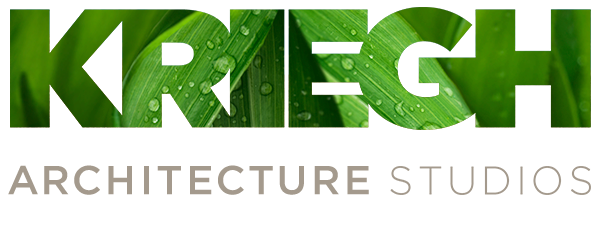Burlington at the Crossroads
INTRODUCTION
Working with the city of Burlington and the Urban Land Institute (ULI) Technical Advisory Panel (TAP), the University of Washington Green Futures Lab Team (team) is proposing actions to parlay the town’s strengths, challenges and potentials into an economically robust, socially and culturally responsive, and environmentally healthy city. Through a process that included research and analyses, advice from housing and commercial development experts, and consultation with city residents and leaders, the team has developed urban design proposals that consider burlington’s role in the region, its active commercial core and historical downtown, and the health and potentials of gages slough, especially with regard to stormwater issues and new practices to address stormwater pollution.
PROJECT PROCESS
The research process began by gathering mapped data at multiple scales, and augmenting that data with field explorations of Burlington and its surroundings. The team built an understanding of the city’s potentials by interviewing city planners; reviewing planning documents; researching commercial development and green stormwater infrastructure case studies; and holding a listening session to solicit knowledge and opinions from Burlington’s residents. These findings were consolidated and presented in a Preliminary Investigations and Listening Session Results document, which was distributed to the ULI panel to inform them about Burlington’s needs, desires and opportunities. The team then followed the recommendations of the tap panel to focus on connections within the town, on Gages Slough and on the historic downtown. The TAP recommendations were expanded and refined in the development of two distinct alternatives for the town’s main street, Fairhaven, focusing on the street’s intersection with Burlington Avenue (the primary connection with the commercial core) and on the town’s heart at the “y” intersection on Fairhaven and Anacortes streets. to address Gages Slough, the team consulted water quality testing conducted over the past decade; overlaid mapped environmental conditions; and identified potentials for open space connections via the linear wetland. The research and alternatives were presented to Burlington residents in several venues, inviting respondents to indicate features they preferred in each of the alternatives. From these responses, hybrid plans were developed to convey the preferred potentials for regional and local connections, for the downtown, for entries to the commercial core, and for Gages Slough. These plans are summarized below and presented in detail in subsequent sections.
To download the complete document, please fill out our contact form. When submitted, you will be redirected to the download page.

